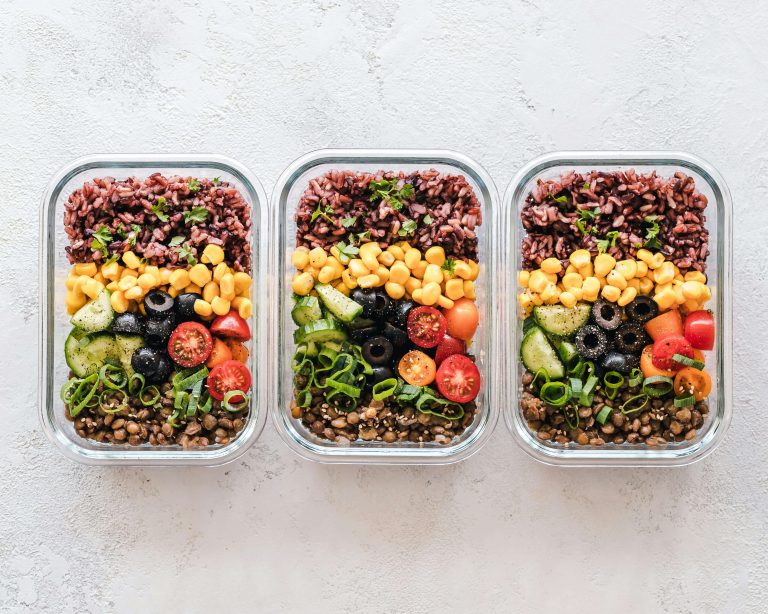A well-stocked freezer can be a lifesaver. Whether you’re juggling a busy week or simply want to cut down on daily cooking, freezing meals gives you a head start. Done properly, frozen food retains its flavour, texture and nutritional value – but without the right techniques, you risk soggy pasta, freezer burn or mystery tubs lost at the back.
Here’s how to freeze cooked meals the right way so your meal prep stays fresh, organised, and stress-free.
Read more: 4 reasons you should consider meal prepping
Choose freezer-friendly meals
Not every dish loves the freezer. Some foods, like leafy salads, cucumbers, or cream-based sauces, simply don’t thaw well. Focus instead on meals that freeze and reheat beautifully, such as:
- soups, stews, and curries
- pasta bakes and lasagne
- casseroles and slow-cooked meats
- pies and layered dishes
- cooked grains like rice or quinoa
If you’re unsure whether something will freeze well, try portioning out a small amount first to test the results.
Cool before you freeze
Never place hot food straight into the freezer. The sudden temperature change can create ice crystals, leading to freezer burn, and can raise the temperature of other items already stored.
Allow cooked meals to cool for around 30–60 minutes at room temperature, then transfer to the fridge for a short while before freezing. Spreading food out in shallow containers can help it cool faster.
Portion and pack correctly
The way you store your meals makes a big difference. Use airtight, freezer-safe containers or resealable silicone bags to keep air out and prevent freezer burn. Portion meals into sizes that make sense for your household – single servings, family portions, or just enough for tomorrow’s lunch.
Flatten sauces, soups, and mince in bags before freezing so they can be stacked upright like files. This saves space and makes it easier to find what you need.
Label and organise
Freezer chaos is real – and it usually ends with forgotten food. Label each container with the name of the meal and the date it was frozen. A simple marker or a roll of freezer labels will do the trick.
Organisation is just as important. Group meals together in baskets or assign shelves for cooked dishes, raw ingredients, and snacks. Rotate older items to the front so nothing gets lost.
Thaw and reheat safely
The safest way to defrost cooked meals is in the fridge overnight, but if you’re short on time, you can:
- Place sealed containers in a bowl of cold water (changing the water every 30 minutes)
- Use the microwave’s defrost setting for quick results
Avoid thawing food at room temperature, as this leaves it in the “danger zone” for bacterial growth.
When reheating, bring meals to piping hot all the way through. Soups and stews can often be reheated straight from frozen, while pasta bakes and casseroles may need longer in the oven.
Know how long to store meals
Freezing keeps food safe for longer, but freshness is best within certain time frames:
- cooked meals and leftovers: 2–3 months
- soups, stews, and casseroles: 2–3 months
- baked goods: 2–3 months
- cooked rice or pasta: up to 2 months
- meat and poultry: 2–4 months once cooked
Always aim to use frozen meals while they’re at their best, rather than letting them linger for too long.
Freezing meals isn’t just about convenience – it’s about reducing waste, saving money and making mealtimes easier. By cooling food properly, storing it in airtight portions, keeping your freezer organised and reheating safely, you’ll have a stash of home-cooked meals ready whenever you need them.
Future you will be very grateful.
ALSO SEE: TIME-SAVING MEAL PREP IDEAS
Image: Pexels
This article was originally published on Woman&Home.

